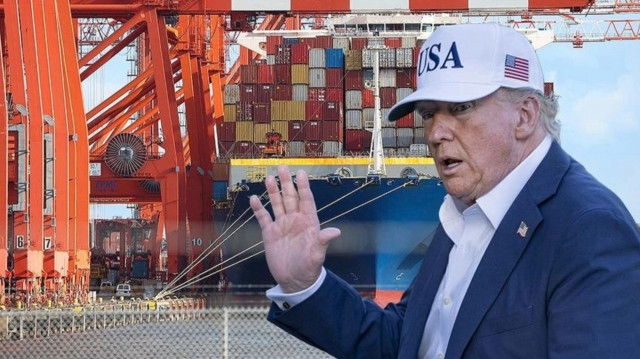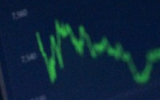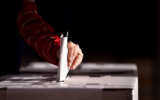
While Trump constantly says every country wants to be at negotiating table, only UK, China, Vietnam have reached deals with Washington during 3-month tariff reprieve
US President Donald Trump has repeatedly claimed that every country wants to negotiate trade deals with his administration.
But during a 90-day pause on sweeping tariffs, the US managed to finalize agreements with just three countries.
On April 2, Trump unveiled a broad set of reciprocal tariffs targeting countries that are running significant trade surpluses with the US. Tariffs ranged from a baseline of 10% to as high as 50%, stoking fears of a global trade war and triggering turmoil in financial markets. To ease the tensions, the White House announced a 90-day pause on the implementation of the tariffs for countries that refrained from retaliating.
Still, the standoff with China intensified, with the US imposing additional tariffs to bring the total levy on Chinese goods to 145%. Beijing countered with retaliatory measures. Trump declared he could secure “90 deals in 90 days,” but results fell far short of those ambitions.
On May 7, Trump announced a deal with what he called a “respected country,” later revealing it was the UK that became the first to sign a major trade deal with the US.
Under the agreement, the US reduced tariffs on British cars to 10% for up to 100,000 vehicles. Steel and aluminum quotas were also included, contingent on specific conditions. But the baseline 10% tariff remained in place. The UK, in return, agreed to buy more American beef and ethanol.
The trade war between the US and China subsided after negotiations in Geneva in May, as the two countries temporarily agreed to reduce mutual reciprocal tariffs.
The US lowered tariffs on Chinese goods from 145% to 30% for 90 days, while China cut levies from 125% to 10%. Additional talks in London in June established a framework for implementing the Geneva accord.
Trump signaled that a significant agreement could also be met with India at the end of last month, and at the same time, the US-China agreement eased recession concerns, giving rise to risk appetite in the markets.
At the start of July, Trump announced a third deal with Vietnam. Under that agreement, Vietnam agreed to a 20% tariff on exports, while products transiting through Vietnam from other countries would face 40% tariffs.
In return, US products would enter the Vietnamese market virtually duty-free.
Vietnam previously faced 46% reciprocal tariffs imposed April 2.
- Trump sends letters
The Trump administration has begun sending letters to countries supposedly unable to reach an agreement with Washington, namely Japan and South Korea, which will face 25% tariffs starting Aug. 1, in addition to sectoral tariffs.
Trump said goods transited through other countries will face higher tariffs and the 25% rate could rise, depending on relations with the US, and should there be any retaliation.
White House spokeswoman Karoline Leavitt said 12 more countries would receive letters in the coming days and the tariff pause is extended to Aug. 1.
Malaysia, Kazakhstan and Tunisia will be hit with 25%, South Africa and Bosnia with 30%, Indonesia with 32%, Bangladesh and Serbia with 35%, Cambodia and Thailand with 36%, and Laos and Myanmar will be hit with 40% tariffs, according to the letters.
As of now, negotiations with Japan, India, and the EU have yet to yield results.
Analysts said the Trump administration faces mounting pressure to secure more deals, raising questions about the long-term viability of the tariff strategy. Many fear the uncertainty could lead Washington to turn short-term threats into permanent trade barriers, risking major consequences for the global economy.







